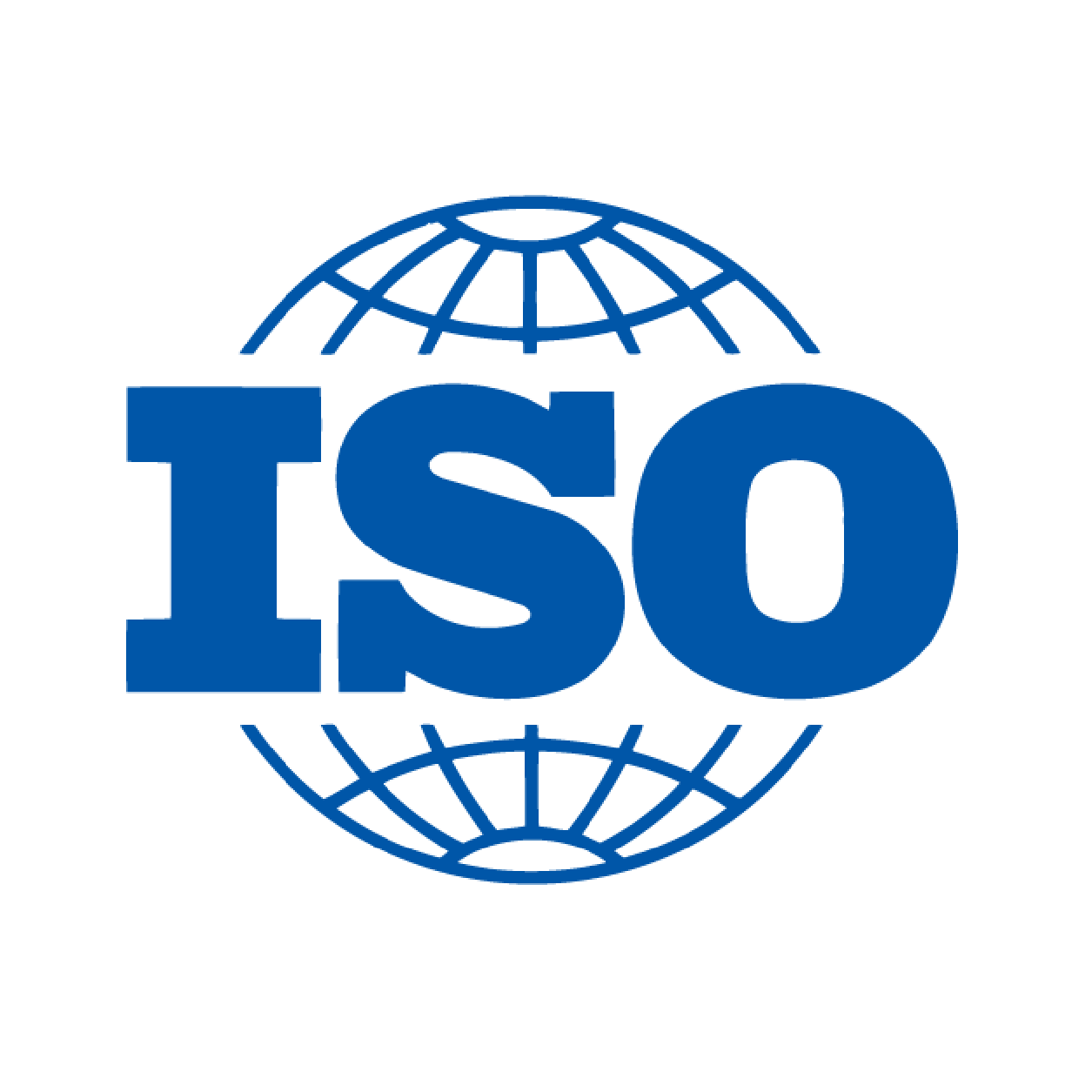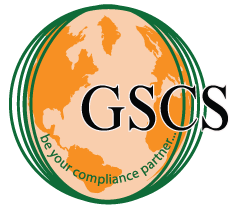
Ensure Workplace Safety with ISO EN 20471 Certified Workwear
Introduction:
Workplace safety is a top priority for organizations across industries, especially in high-risk environments like construction, roadwork, and emergency services. According to the International Labour Organization (ILO), over 2.3 million workers die annually due to occupational accidents or diseases. One of the most effective ways to mitigate risks is by providing employees with high-visibility workwear that meets international safety standards. ISO EN 20471 certification ensures that workwear offers optimal visibility and protection, reducing the likelihood of accidents and enhancing worker confidence. This article explores the importance of ISO EN 20471-certified workwear, its benefits, and how to choose the right gear for your workforce.
What is ISO EN 20471?
ISO EN 20471 is a European standard concerned with high-visibility clothing relevant to the risk areas and which can be hazardous. The standard ensures that work clothes provide visibility during the day, at night, or in poorly illuminated places.
Key features of ISO EN 20471-certified workwear include:
● Background Material: Fabrics that are fluorescent in color, like yellow, orange-reddish, and red, which are easily visible during the day.
● Retroreflective Tape: These strips reflect light at the source, ensuring nighttime visibility.
● Design Requirements: Surface areas of background and reflective materials must allow for undrape body visibility.
The standard divides workwear into three performance classes (Class 1, Class 2, and Class 3), with Class 3 being the most visible and protective.
Why Workplace Safety and High-Visibility Workwear Matter
Almost every industry has its share of workplace injuries, but fields like construction, logistics, and utilities are grappling with it more. Think about these numbers:
➤ Roadwork Accidents: In the EU, 500+ roadworker fatalities stem from collisions every year.
➤ Construction Hazards: Construction deaths due to falling, striking, and electrocution issues take up 60 percent of total deaths in the industry.
➤ Low-Light Risks: Danger is magnified for mining, railways, and emergency services employees at night.
To solve such problems, high-visibility workwear is extremely helpful, if not life-saving. It guarantees visibility for workers with drivers, machine operators, and peers, upholding safety and preventing accidents.
Advantages of ISO EN 20471 Certified Work Clothing
1. Increased Worker Safety
Workplace safety is enhanced by ISO EN 20471-certified workwear through high visibility in varying worker settings. A UK Highways Agency study states that high-visibility clothing decreases worker accidents by 50%.
2. Compliance with Regulations
In many countries, clothing with high visibility is compulsory for workers in dangerous workplaces. Worksafe Australia Compliant ISO EN 20471 fulfills the following:
● EU directives – Personal protective equipment (PPE) regulation 2016/425.
● OSH standards – High Visibility Safety Apparel, U.S. Department of Occupational Safety and Health.
● National legislation – Australian regulatory compliance marks such as AS/NZS 4602.1.
3. Enhanced Productivity
Certified workwear increases worker productivity because of the decreased chance of accidents, which boosts confidence and allows free focus on work away from safety worries.
4. Expense Reduction
Injuries and accidents come with steep medical, compensation, and downtime costs. The National Safety Council approximates U.S. workplaces suffer $171 billion in damages annually.
5. Brand Image
Workwear certified with ISO standards improves an organization's image, portraying them as responsible employers caring for their clients and partners.
ISO EN 20471 Certification Process
To achieve ISO EN 20471 certification, an organization needs to follow these steps:
Step 1: Assessment of Workwear
The evaluation of workwear involves design, construction materials, reflectors, and placement, so all these aspects need to conform to ISO EN 20471 requirements.
Step 2: Laboratory Testing
The tests conducted on the garment include visibility under different light and weather conditions, sturdiness, and the wear and tear of the fabric.
Step 3: Compliance Verification
Verification ensures that all materials, reflective strips, and fluorescent colors are according to the set standards.
Step 4: Certification Audit
An on-site audit is done by a certifying body like GSCS International, which checks and verifies the attainment of all set requirements.
Step 5: Certification Approval
Upon meeting all the conditions, a company is awarded ISO EN 20471 certification and can claim that its products are compliant.
Why Choose GSCS International for ISO EN 20471 Certification?
GSCS International is a trusted name in certification services, providing businesses with expert compliance and guidance on safety standards. Here’s why GSCS International is the best choice:
● Experienced Certification Body – Years of experience in regulatory compliance and auditing.
● Accredited Testing Facilities – Advanced labs to conduct reliable and accurate workwear testing.
● Customized Certification Solutions – Tailored certification processes to meet industry-specific needs.
● Global Recognition – GSCS certifications are accepted worldwide, boosting brand credibility.
● Ongoing Support & Training – Offers continuous guidance to maintain compliance with safety standards.
Conclusion
Worker safety is important, and acquiring ISO EN 20471 certification is an achievement toward a safer workplace. With GSCS International, companies can quickly certify their work and ensure compliance with global safety standards. Purchasing high-visibility clothing not only protects the employees but also increases the value of the business as well as its productivity.
If your organization requires ISO EN 20471 certification, contact GSCS International today for expert assistance and reliable certification services.
FAQ:
EN ISO 20471 is an international standard for high-visibility clothing, ensuring worker safety in high-risk environments.
EN 471 was the older standard, replaced by EN ISO 20471, which has stricter requirements for high-visibility workwear.
The EN 20471 symbol is a pictogram of a vest with a reflective strip, indicating compliance with high-visibility safety standards.
It requires fluorescent fabric, retro-reflective material, and specific garment design to ensure visibility in various lighting conditions.
Tests include luminance, color performance, and durability assessments to verify compliance with visibility and safety standards.
